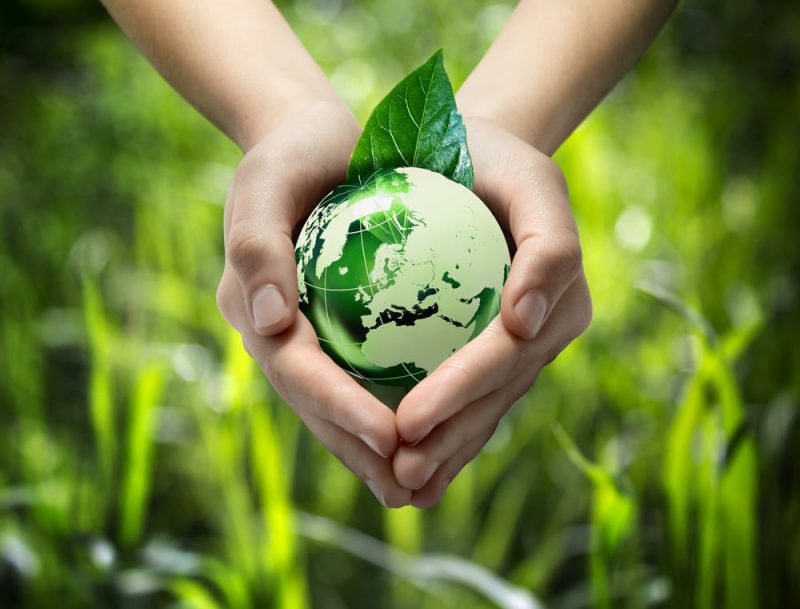The Clean technologies They are those that when applied do not produce any secondary effect or any transformation to the environmental balance or to the natural systems that it integrates. For example: energy-saving lamps, water purification.
The event known as the Third Industrial Revolution It was set as started in 2006, and is characterized by the conjunction between Internet communication technology and renewable energies in the 21st century.
It happens that two areas that until a while ago seemed to have little to do with each other, such as the environmental care and that of technological development are being combined in order to generate a technology industry compatible with the sustainable development of the environment.
More out of fear of legal consequences than out of the feeling of belonging to the environment and the awareness of the obvious advantages for nature, companies began to adapt to the new restrictions by proposing alternative technologies, compatible with the restrictions.

The advantages government of the clean technology application They are clearly evident when large companies have explicit and well-known policies in favor of the environment: the Starbucks company, for example, committed to recycle the glasses used in its premises in order to achieve 100% recycling and not have to re-manufacture them.
The objectives of clean technologies are basically based on four pillars:
- Reduction of pollution in traditional industry. (The fate of industrial waste)
- Technological-environmental renewal in industrial processes. (The optimization of the production circuits themselves).
- Industrial globalization within the framework of sustainable development. (The global generalization of this technological culture)
- Reinsertion of production in its local ecological base. (The return to a logic in which productive activities are thought of as integrated into a physical region).
Depending on the production area, scientists recommend some modifications in commercial activities or they continue working to find sustainable alternatives with the development of the environment. When it comes to ways of obtaining energy, most of the work has not been done and research continues on power generation sources.
The advanced technology of efficient and profitable electric motors to promote its application is likely to reduce the amount of carbon dioxide and sulfur, which in the case of fossil fuels would be released into the atmosphere.
The following list exemplifies what are clean technologies.
Examples of clean technologies
- Low consumption lamps, with low or no mercury content.
- Computer processors, which are tin-free.
- Water purification.
- Solid waste management.
- Refrigerants that do not have CFCs (chlorofluorocarbons, very harmful to the environment).
- Use of water courses through the extraction of peaceful channels and other managed flow routes.
- Smart windows, in which the degree of tint can be changed like a dimmer switch. The technology practically pays for itself, helping to regulate temperature and saving energy.
- Proteus bacteria, a engineered variety that can generate electricity from petroleum-based pollutants.
- The use of renewable energy sources.
- Solar spray panels, with nano materials that absorb light very quickly.
- Vertical farms, with skyscraper-shaped crops.
- Unleaded gasoline.
- Oil-free compressors.
- All activities that involve recycling.
- Boilers that use natural gas or methane, instead of diesel.
